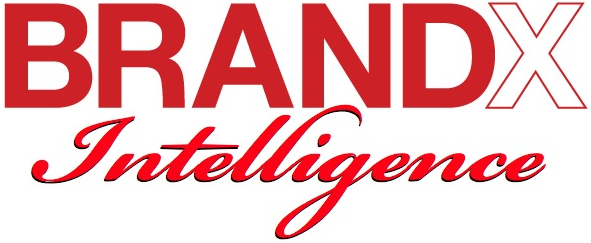
By
Adam Bierman
BRANDX GROUP
Foreman
I was in a very interesting meeting last month. Myself, our Creative Director and COO were in the boardroom of a $100M a year company that has about as strong of a brand identity as a business can have. Their business is helping restore hair growth in men. We were invited by their marketing team to discuss a rebranding. We were excited, as we always are, when the potential to work with such a successful brand arises but this meeting went very weird very fast. The first question I posed was, “Why are you choosing now to initiate a rebranding?” Their response was that they had not rebranded the company for 10 years and they needed to make it sexier. My follow up was, “What is the goal of hiring a company like ours?” The response was that they really loved our creative work.
What’s wrong with this scenario?
Let’s start with what marketing is: Marketing is delivering a message to a target audience, which compels them to act in the manner the marketer desires. When it comes to the male population, the adage sex sells, is frequently spot on. Men are visually stimulated and it goes back to psychology having to do with child bearing that was probably slightly more important when we all lived in caves but nevertheless it still controls our brains today. In this boardroom… the problem was that marketing for the sake of marketing, selling sex for the sake of selling sex is a meaningless waste of marketing dollars. So why has Testosterone Driven Marketing flooded our media and literally changed the way our society operates? Because it works! It appeals to the side of our society where vice exists and whenever marketing campaigns can tap into the forbidden and socially incorrect; that creates response. Finally, when something works everyone wants a piece of the action.
One of the best examples of a successful Testosterone Driven Marketing campaign over the last few years is Axe Body Spray. The commercials of the geeky guys being attacked by sultry women have been a sensation. You need look no further than their website where shampoo is sold with descriptions like “Be the bait, with hair this soft you’re sure to hook her heart.” Yet for every example of a successful campaign there are a multitude of failures. Companies that decided to sell sex for the sake of selling sex and lose. For every Axe there are many more like Carl’s Jr. For the millions of people that protested the Paris Hilton campaign (featuring her in a bikini washing a car in what under other circumstances could have been classified as soft porn) and the negative press that created I never once saw sales numbers posted showing a spike due to the racy campaign. In fact, I don’t think it’s unreasonable to believe the follow up campaign featuring Kim Kardashian was simply an attempt to show resiliency when they had clearly already lost. C’mon Carl’s Jr. Kim Kardashian eating a salad?
The problem is that Testosterone Driven marketing works in some circumstances and when it does work it is extremely memorable. Probably goes back to the whole caveman thing. This being the case, when brands are looking to grow their marketing initiatives and are conjuring ideas, oftentimes things can revert to the success of a sexy campaign and they become inspired. Unfortunately this has flooded our media with Testosterone Driven marketing that creates an excess of trash.
Back to the aforementioned weird meeting: Well, now that we have been through this it is really not that weird at all. The marketing directors wanted to change up their efforts and they immediately thought: sex. Sex is on their brain and has worked countless times before. What should have happened is this thought: Marketing is delivering a message to a target audience, which compels them to act in the manner the marketer desires. They could have posed the question and done the research on whether a Testosterone Driven campaign was the way to go. If that were the message that was going to compel their audience to buy more of their product then that would have been a great decision. If not, then the campaign would just be added to all the other trash that floats around interrupting our short time on this earth.




